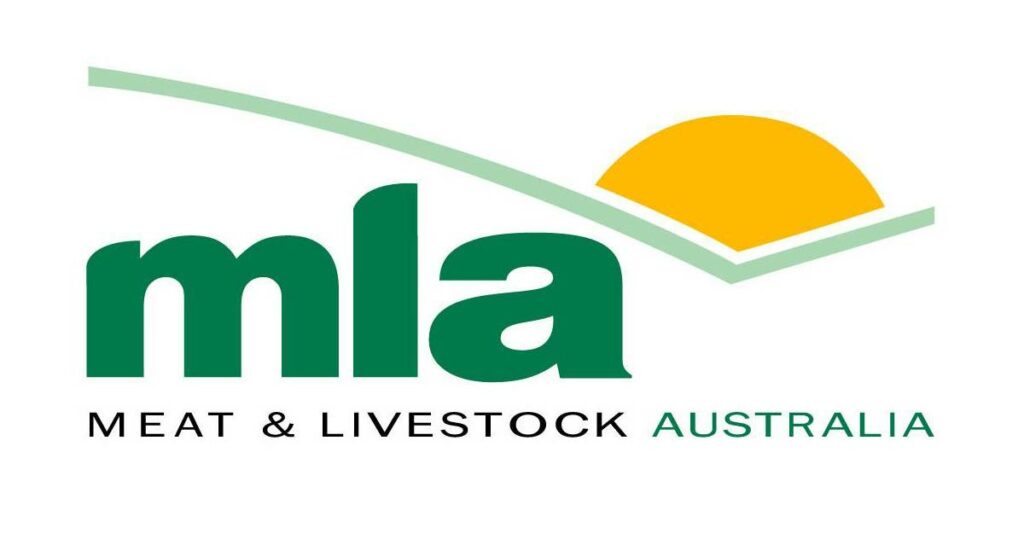SHEEP NUMBERS RISE TO 70 MILLION IN AUSTRALIA AND HEAD FOR A 16-YEAR HIGH
A wet spring in sheep-rearing regions of Australia – particularly eastern states – is expected to push sheep numbers past 70 million in 2021 according to Meat & Livestock Australia (MLA).
Among the marketing and research body’s October projections, released last week, the national sheep flock will continue growing and is forecast to reach 76 million by 2023 – its largest number since 2007.
MLA’s market information manager, Stephen Bignell, said: “The pace of the rebuild has been even faster than anticipated because producers are using the good season to increase stocking rates and retain breeders.”
The growth is also likely to see a rise in carcass weights; so far they have been revised up to 24.8kg for lambs and 25.6kg for sheep. Bignell noted: “Lamb slaughter is expected to rise by 3% this year, although it is forecast that sheep slaughter will be at its lowest level since 2011 because of additional stock retention.”

“A good sign” for sheep production
The MLA says that “the combination of increased slaughter levels and carcass weights for lambs was a good sign for production”. It is set to be the third highest on record in 2021 – before hitting a new record in 2022.
“We expect lamb production will perform well during the back end of this year, supported by a combination of new season lambs from the spring flush and from old-season lambs which producers have held onto for additional weight gains,” Bignell explained.
While there remain processing restrictions in Victoria due to recent Covid-19 outbreaks (the state accounts for 50% of national lamb slaughter) it is likely that New South Wales will pick up additional production as required, which it did last year.
On the downside, live exports of sheep could fall this year because the strong season and high domestic livestock prices have put downward pressure on live export volumes, despite the strengths in production, slaughter and flock growth.
There is also a lingering impact from Covid-19 in terms disruptions to some of Australia’s key overseas markets, including the Middle East. “But we expect a recovery in this as economies track back towards pre-pandemic levels,” said Bignell. Domestic sheep and lamb prices are expected to remain elevated for the remainder of the year and beyond, buoyed by demand from both re-stockers and feeders, as well as from export markets, where lamb’s popularity as a niche product is growing.
Join us at SIAL Paris as exhibitor Join us at SIAL Paris as visitor
